1. Centralia, Pennsylvania
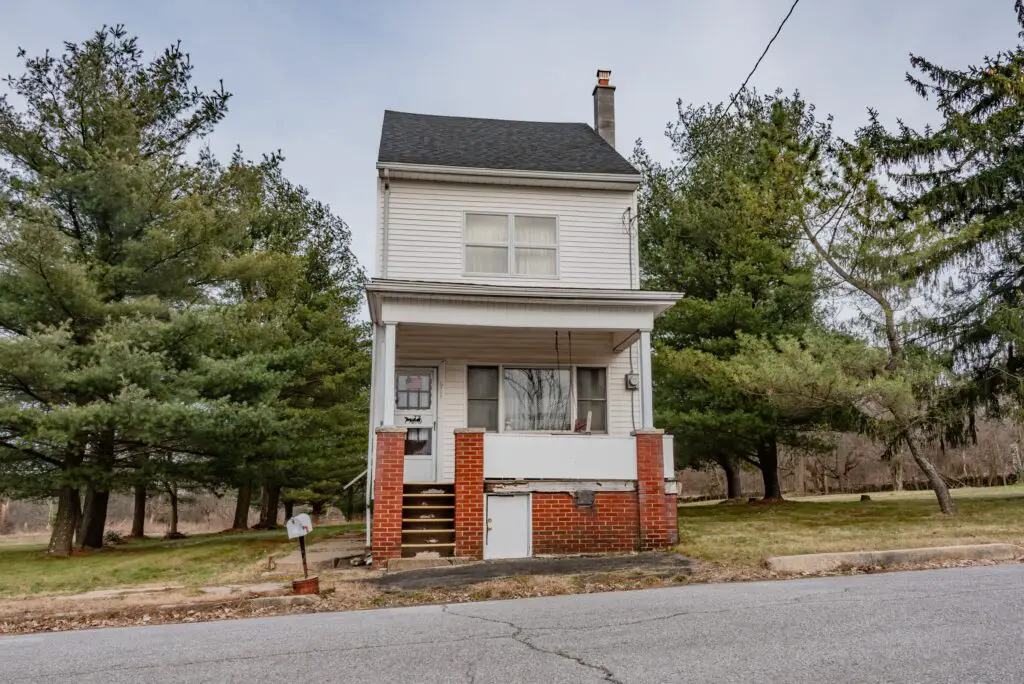
It’s hard to believe that a thriving coal town could turn into a smoldering ghost town, but that’s exactly what happened in Centralia. Back in 1962, a coal seam fire ignited beneath the town and never went out. Over time, the fire crept through underground tunnels, making the land above dangerously unstable. Sidewalks cracked, smoke seeped through the ground, and the air became toxic. Most of the residents were relocated, and the government eventually claimed eminent domain over the area. Now, only a handful of people remain, holding on to what’s left of their home. The streets are empty, but the eerie steam and graffiti-covered highway still draw curious visitors says WNEP.
Walking through Centralia feels like stepping into an apocalyptic movie. The silence is thick, broken only by the occasional hiss from the earth below. There’s something deeply unsettling about seeing street signs without homes, or mailboxes with no mail. It’s a reminder that even bustling communities can vanish almost overnight. And the scariest part? That fire is still burning. Some experts think it could continue for another 250 years. It’s a haunting testament to what happens when man and nature collide underground shares WorldAtlas.
2. Bodie, California
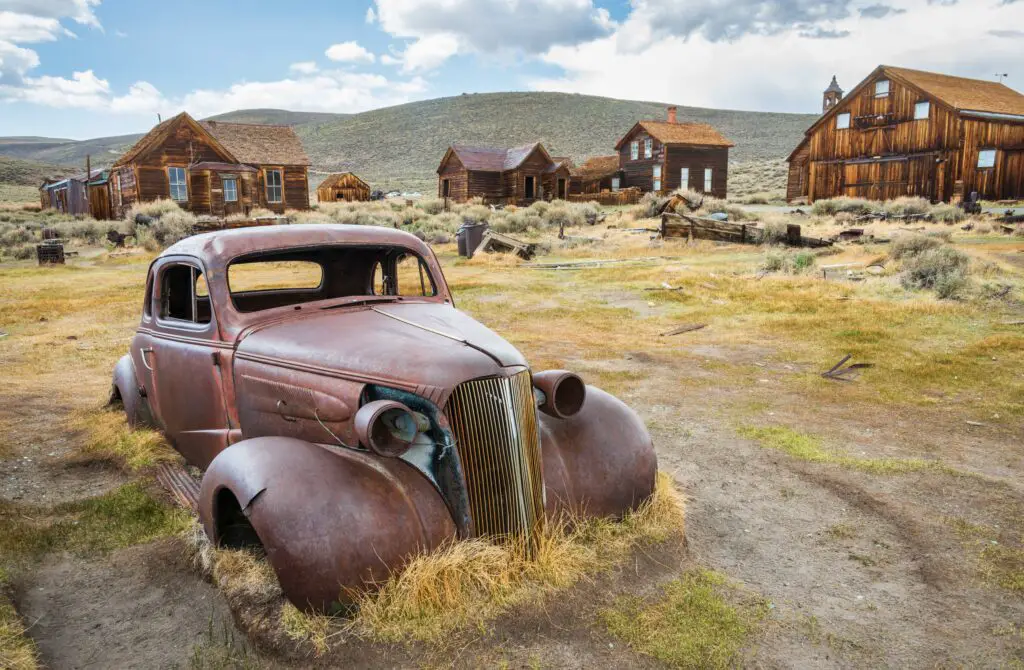
Bodie wasn’t just any mining town—it was the real Wild West, complete with shootouts and saloons. At its peak in the late 1800s, it had over 10,000 residents, 60 saloons, and a reputation for being rough and rowdy. But when the gold dried up, so did the population. People packed up and left almost as quickly as they came, leaving behind homes, furniture, and even dishes still set on the table. Today, it’s preserved in a state of “arrested decay” by the state of California. That means you can still peek inside the old buildings and see everything just as it was explains Atla Journal.
There’s something almost ghostly about how well-preserved Bodie is. It’s like the people just vanished into thin air, leaving their lives frozen in time. The dusty windows, the creaky floors, the rusting tools—it all tells a story of hope, grit, and sudden loss. Some say the town is cursed, and that anyone who takes something from it will be plagued by bad luck. Whether that’s true or not, it adds an extra chill to an already spooky place. Bodie may be empty, but its stories still echo through the wind adds MSN.
3. Cahawba, Alabama
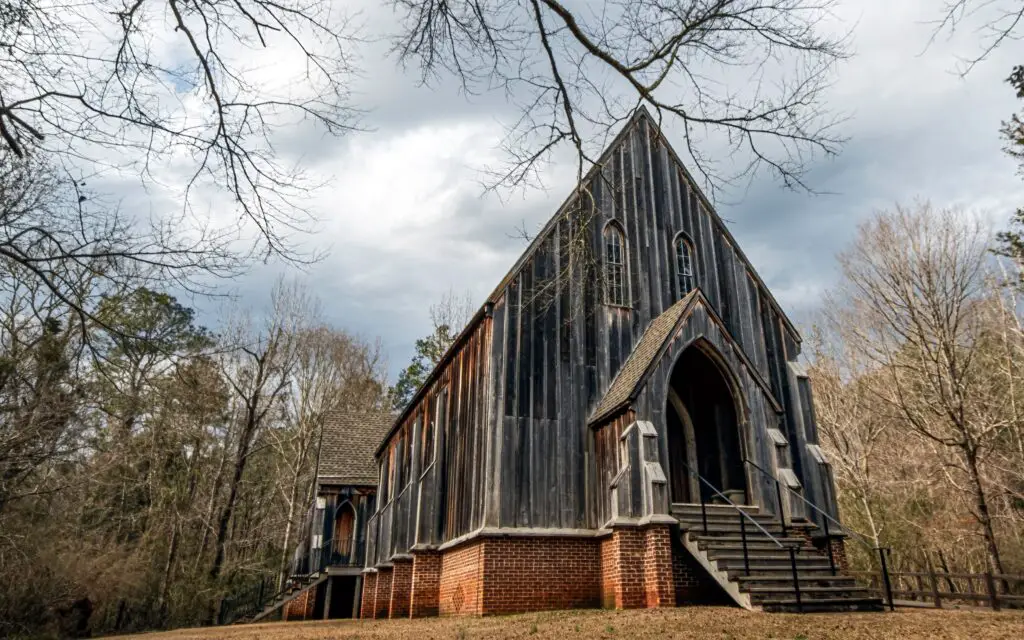
Cahawba was Alabama’s first state capital, but it didn’t hold onto that title for long. Built near the junction of the Alabama and Cahaba Rivers, the town was constantly plagued by floods. After just a few years, the capital was moved, and the town slowly began to decline. During the Civil War, it served as a prison camp for Union soldiers. Afterward, it briefly revived but never fully recovered. The flooding never let up, and by the early 1900s, most of the residents had left for good.
Now, it’s a hauntingly beautiful archaeological park filled with overgrown ruins and worn gravestones. The old streets are lined with empty plots where homes used to stand. People report hearing ghostly footsteps and seeing shadowy figures among the trees. It’s a favorite spot for ghost hunters and history buffs alike. Walking through Cahawba feels like being transported to another time—and maybe even another realm. There’s a quiet reverence to it, a feeling that the past never really left. It just got quieter.
4. Thurmond, West Virginia
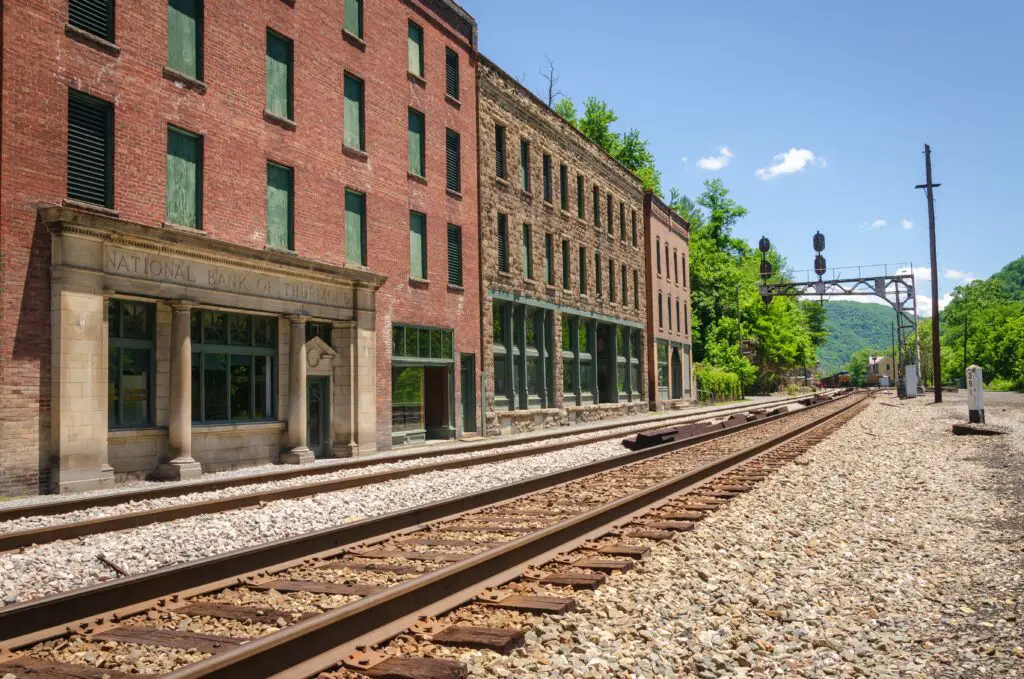
At one point, Thurmond was a booming railroad town, full of wealth and elegance. The Chesapeake and Ohio Railway brought in money, passengers, and big-city glamour to this tucked-away spot in the New River Gorge. Hotels, banks, and even a movie theater popped up along the tracks. But as rail travel declined and diesel replaced steam engines, Thurmond’s prosperity faded fast. The town became nearly impossible to reach by road, and slowly, residents moved out.
Now it’s managed by the National Park Service, and only a handful of buildings remain. Walking along the platform, you can almost hear the whistles of the trains that once brought the town to life. The station still stands, as do a few brick buildings, but the energy is long gone. Everything feels like it’s holding its breath. It’s quiet, but not peaceful—more like the kind of quiet that makes you look over your shoulder. The beauty of the surrounding gorge makes the emptiness all the more surreal. Thurmond is a ghost with a very elegant past.
5. Garnet, Montana
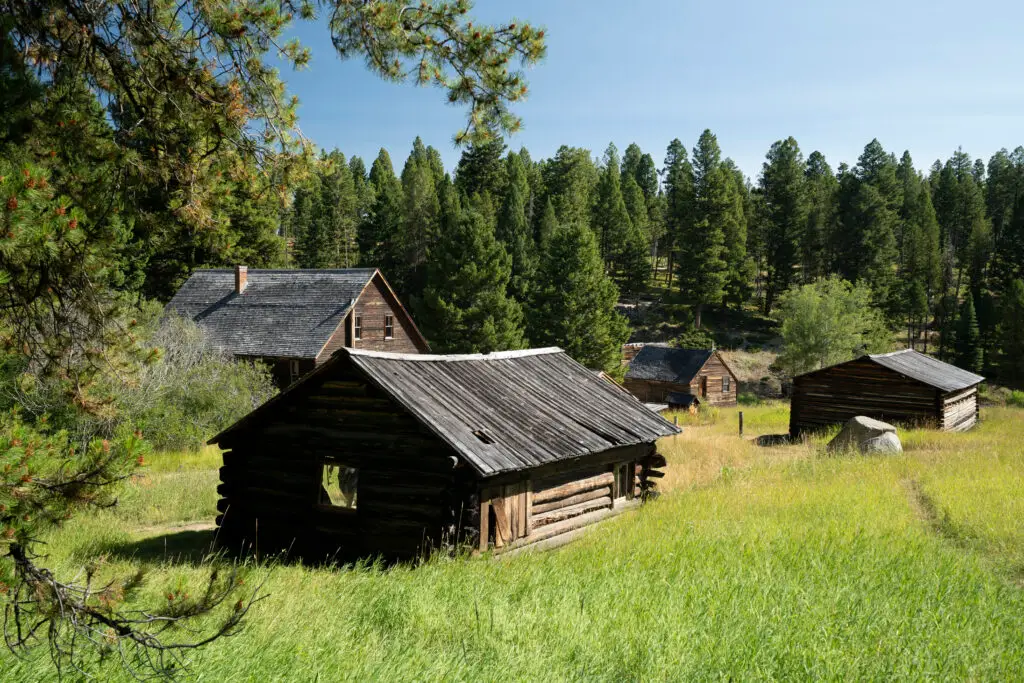
Garnet was born in the late 1800s during the gold rush, and at its height, it had about 1,000 people. There were stores, saloons, a school, and everything a frontier town needed. But by the early 1900s, the gold ran out and a devastating fire wiped out half the town. With no real reason to rebuild, the residents moved on, leaving their belongings behind. What makes Garnet special is how untouched it feels. The dry climate helped preserve it remarkably well.
When you visit Garnet, you’re not just looking at ruins—you’re seeing actual beds, wood stoves, and wallpaper still clinging to the walls. It’s like the town paused mid-sentence. You can walk through the old hotel or peer into cabins that still hold pieces of daily life. The silence is powerful, and the sense of abandonment runs deep. It’s as if the town is waiting for someone to come home. You almost want to whisper while you’re there.
6. Kennecott, Alaska
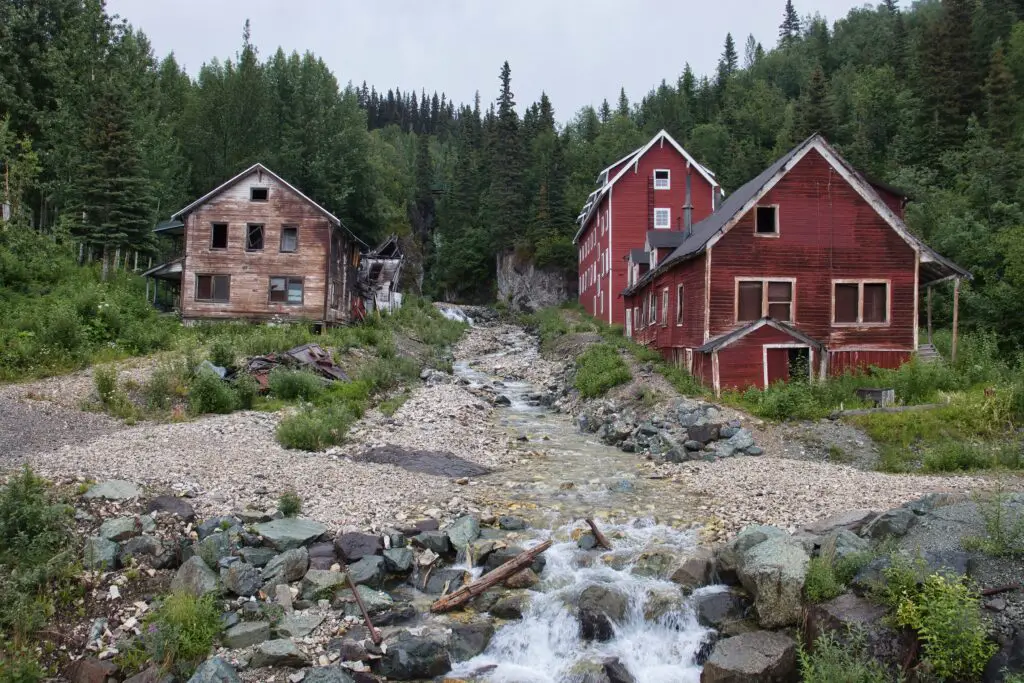
Perched deep in the Alaskan wilderness, Kennecott was once a bustling copper mining town. Built in the early 1900s, it had its own hospital, school, and recreation hall. The copper mined here was some of the purest in the world. But when the ore ran out, the company packed up and left in the 1930s. And they didn’t just leave the town—they left everything in it, like a ghost ship on land. The buildings, equipment, even furniture were abandoned in place.
Today, Kennecott is preserved by the National Park Service, and you can tour its eerie remains. The massive mill building towers over the valley like a giant red skeleton. Rusted cables dangle, and wooden stairs creak with every step. You can feel the chill of both the mountain air and the town’s deserted past. It’s beautiful, yes, but also deeply unsettling. There’s a loneliness in Kennecott that’s hard to shake.
7. Rhyolite, Nevada
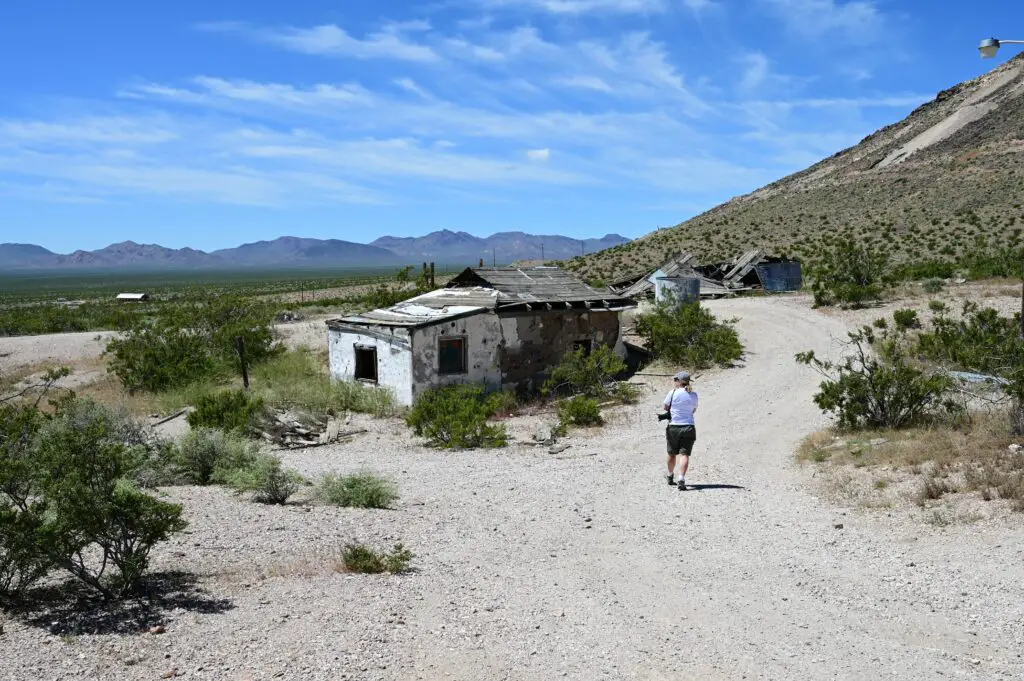
Rhyolite sprang up fast during the gold rush of the early 1900s and burned out just as quickly. Within a few years, it had electricity, a school, a train station, and even an opera house. But when the nearby mines failed, so did the town. By 1920, it was practically empty. What’s left today are some of the most photogenic ruins in the West. Crumbling stone buildings, a bottle house made from actual glass bottles, and skeletal remains of a once-bustling main street.
Artists and filmmakers love Rhyolite for its haunting vibe and cinematic decay. But walking through it, you can feel the suddenness of its collapse. It’s not worn down from centuries—it’s abandoned in mid-life. There’s a kind of frozen energy still hanging in the air. The desert winds whistle through open windows like whispers of those who left in a hurry. You half expect someone to walk out of the old bank. But they never do.
8. St. Elmo, Colorado
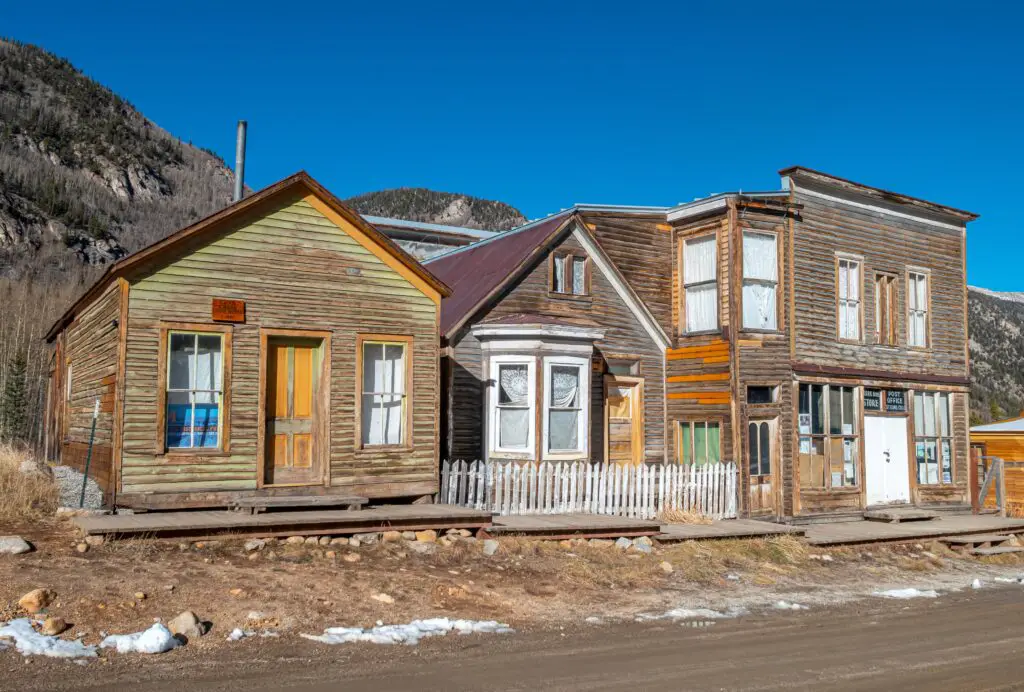
St. Elmo was one of Colorado’s most active mining towns in the late 1800s. Gold and silver flowed through the nearby mountains, and the town was full of saloons, hotels, and hopeful prospectors. But like many mining towns, its fate was tied to the success of the mines. Once those dried up, so did the town’s chances. By the 1920s, the population had dwindled to just a few stubborn residents.
Today, St. Elmo is considered one of the best-preserved ghost towns in Colorado. Some buildings have been restored, but many still sit frozen in time, their wooden frames weathered by snow and sun. There’s even a general store that opens during the summer. The rest of the year, it’s eerily quiet. Locals claim the town is haunted, and visitors have reported strange sounds and unexplained happenings. It’s the kind of place that makes you believe a little more in ghosts.
9. Cisco, Utah
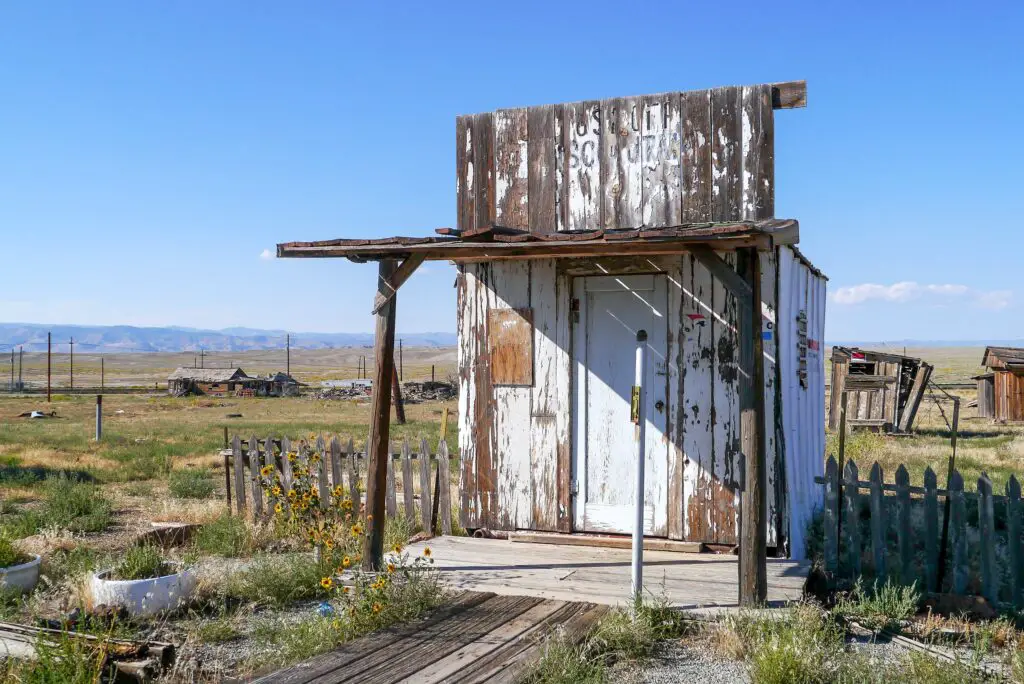
Cisco started as a watering stop for steam engines in the late 1800s. It later became a popular rest point for travelers and oil workers. But with the decline of the railroad and the construction of the interstate, Cisco was bypassed and forgotten. Businesses closed, homes were abandoned, and time seemed to stop. Now, it’s a strange patchwork of collapsing houses, rusty trailers, and discarded belongings.
What’s particularly eerie about Cisco is that it doesn’t feel that old—but it does feel completely deserted. There’s graffiti on the walls and remnants of lives not so far gone. It feels like something terrible happened, even though nothing in particular did. That sense of mystery adds to its haunted feel. Artists have started moving into the area, giving it a second life of sorts. But the ghost of Cisco’s decline still lingers heavily in the air.
10. Calico, California
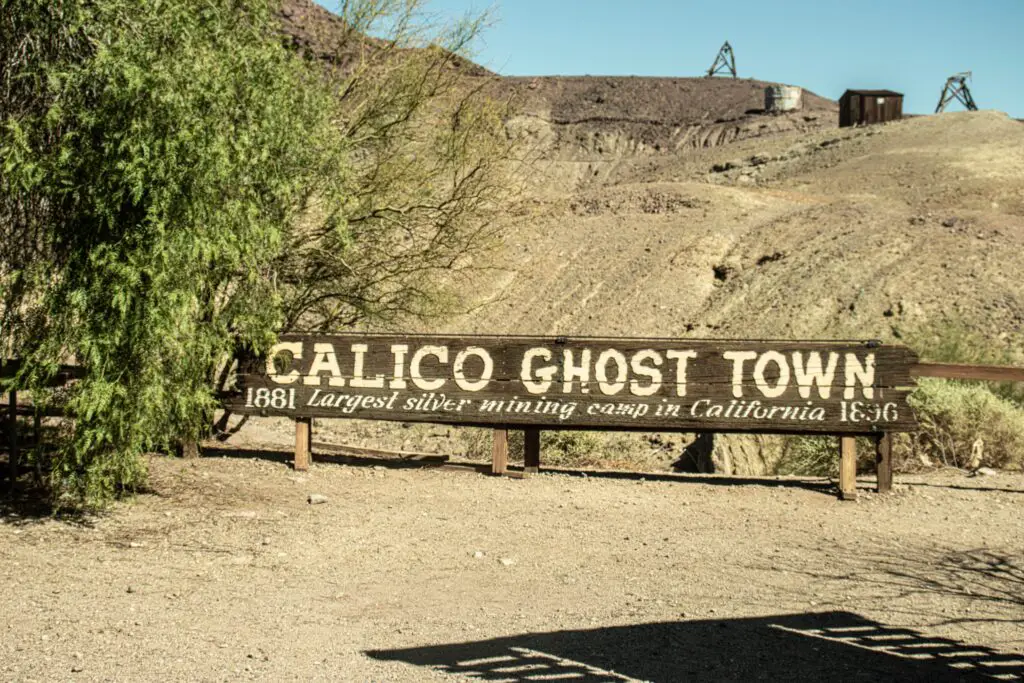
Calico was a silver mining town that boomed in the 1880s with over 500 mines in the area. But once silver lost its value, the town quickly emptied out. By the turn of the century, it was nearly deserted. In the 1950s, Walter Knott—of Knott’s Berry Farm fame—bought and restored parts of it, turning it into a tourist attraction. Still, many original buildings remain, weathered and creaky.
The mix of restored charm and genuine decay makes Calico a unique experience. You can tour the old jail, walk through mine shafts, and imagine what life was like during its wild heyday. But despite the fun attractions, there’s a quiet sadness here too. It’s a place of boom and bust, of dreams made and lost. And at night, when the crowds leave, Calico slips back into its ghost town skin. It feels like the past is watching.
11. Picher, Oklahoma

Picher looks like a post-apocalyptic wasteland, and in many ways, it is. Once a major center for lead and zinc mining, the town became one of the most toxic places in America. The mining left behind giant piles of contaminated waste called “chat,” and over time, the pollution seeped into the air, water, and soil. Residents began experiencing severe health issues. Eventually, the EPA stepped in and declared it a Superfund site.
Most people were relocated, and in 2008, a tornado destroyed much of what was left. Picher was officially dissolved in 2009. What remains is a chilling reminder of industrial disaster. Homes crumble in silence, school buses rust where they were parked, and nature is slowly swallowing what’s left. It’s not just abandoned—it’s poisoned. And you can feel that in the air.
12. Elkmont, Tennessee
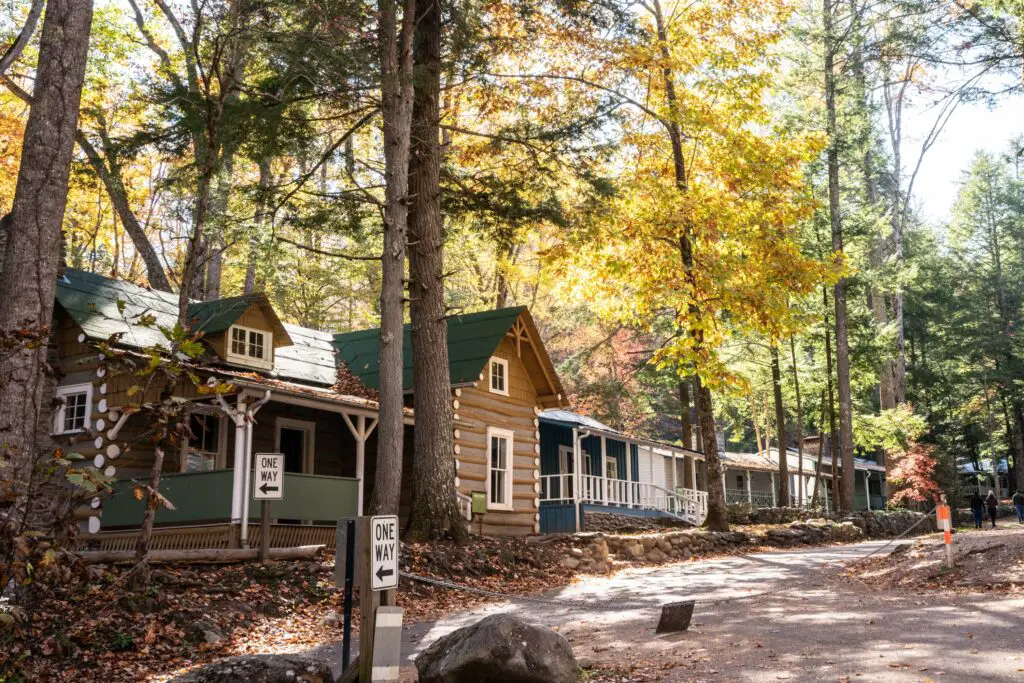
Hidden in the Smoky Mountains, Elkmont started as a logging town before becoming a retreat for wealthy vacationers. It had a charming collection of summer homes and cottages. But when the Great Smoky Mountains National Park was established, residents had to sell their land to the government. They were allowed to lease it back for a while, but eventually, the leases expired. By the early 2000s, the town was completely abandoned.
Walking through Elkmont now feels like stepping into a forgotten dream. Moss-covered cabins sit in the woods, their windows broken but curtains still hanging. Nature is slowly taking back every structure. There’s a haunted beauty to it—like a fairytale turned somber. The park has preserved some buildings, but many are collapsing into the earth. And that contrast between natural beauty and quiet decay is what makes Elkmont so unforgettable.
13. Dearfield, Colorado
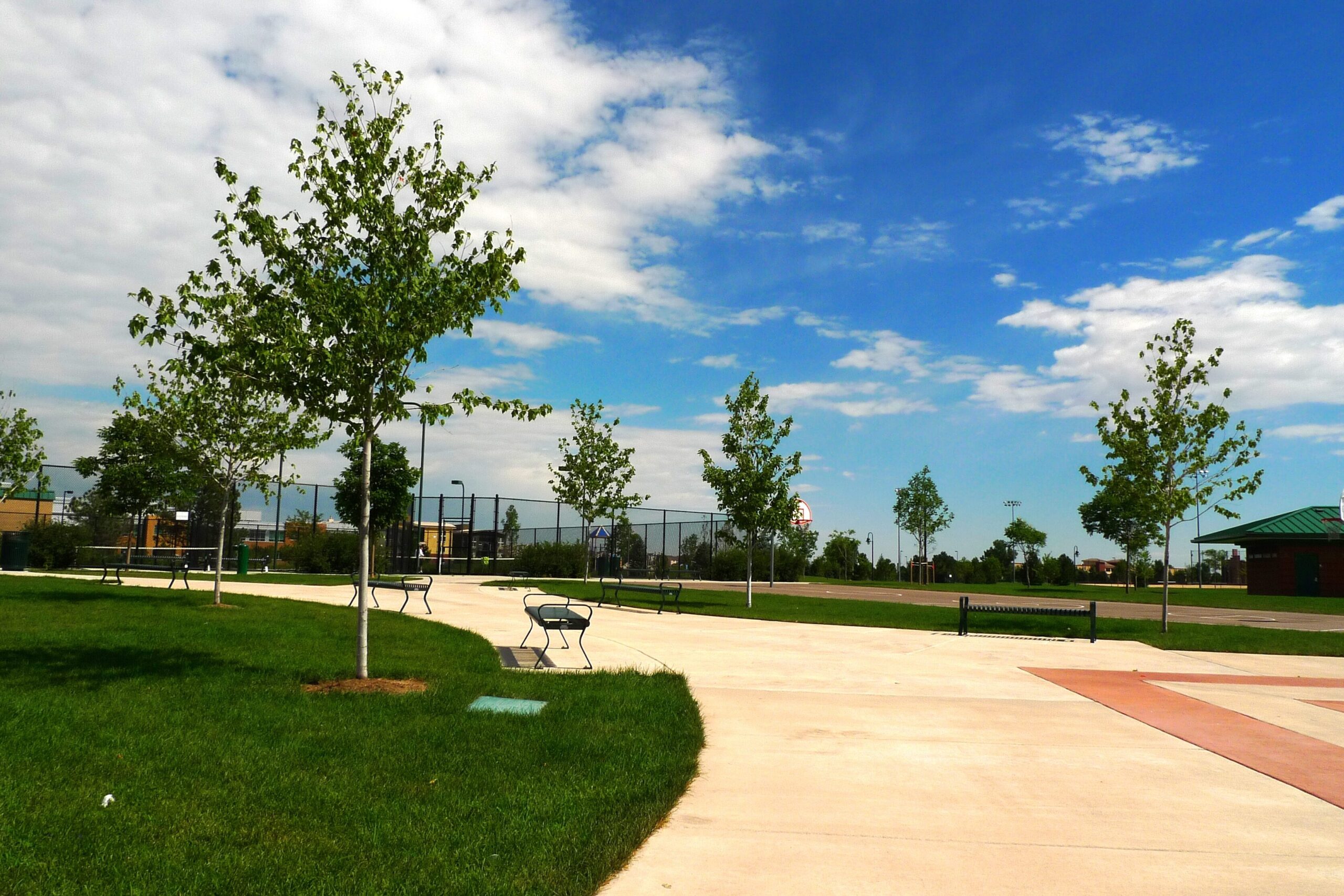
Dearfield was a rare all-Black settlement founded in 1910 with hopes of prosperity and independence. At first, it thrived with farms, businesses, and a growing population. But the Dust Bowl and Great Depression hit hard, and by the 1940s, most residents had left. The dream didn’t die—it just faded into history. Today, a few buildings still stand, weathered by time and wind.
Dearfield’s story is both inspiring and heartbreaking. It was built on hope and determination, but nature and economics had other plans. Visitors can still see the remnants of the gas station, diner, and schoolhouse. Each building tells a story of resilience. The town might be gone, but its legacy lives on in the efforts to preserve it. It’s not just a ghost town—it’s a piece of American history that deserves to be remembered.
